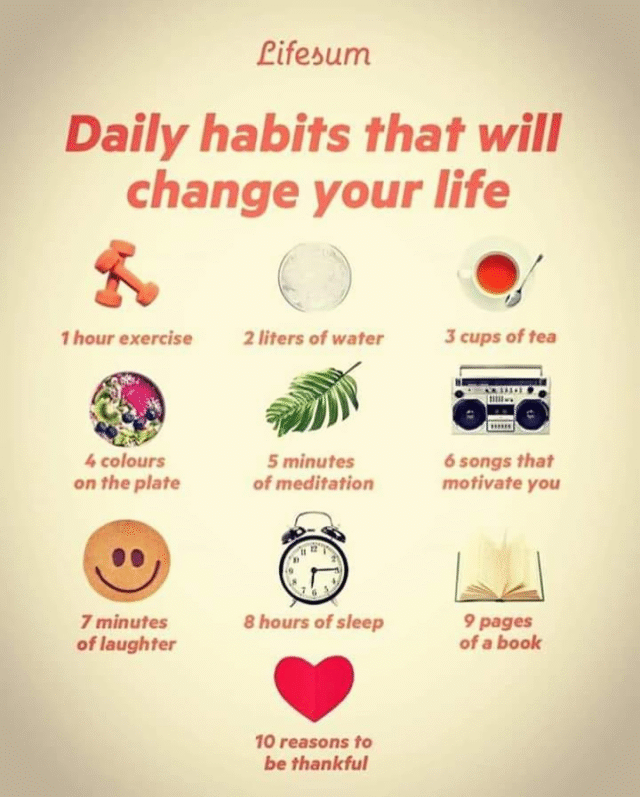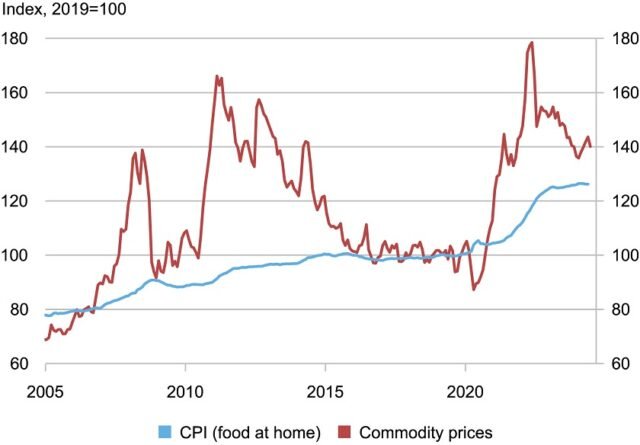Streaming Wars 2025: Who’s Winning the Battle for Your Screen Time?
The way we watch entertainment has changed drastically over the past decade — and in 2025, the “streaming wars” are fiercer than ever. With dozens of platforms competing for your subscription dollars, the global entertainment industry is going through one of its most dynamic shifts in history.
From Netflix to Disney+, Amazon Prime to Apple TV+, and emerging players like Paramount+, Peacock, and international services, viewers are spoilt for choice — and maybe a little overwhelmed.
So who’s leading the pack in 2025, and how are platforms changing the way we consume movies, TV shows, sports, and even live events?
The Rise of Niche Platforms
While giants like Netflix and Disney+ still dominate global subscriber numbers, a new trend has taken hold in 2025: specialized streaming.
Platforms focused on specific genres, regions, or audiences — such as horror, anime, documentaries, or South Asian cinema — are gaining popularity. Services like Shudder, Crunchyroll, and Mubi have built loyal communities by catering to niche tastes.
Instead of trying to be everything for everyone, these services offer deep content libraries, curated experiences, and targeted recommendations. For many viewers, that’s worth more than a generic mainstream catalog.
Original Content: The Ultimate Weapon
One thing hasn’t changed: original content is king.
In 2025, the platforms investing most in exclusive shows and films are seeing the best retention rates. Netflix, for example, scored massive global hits this year with its sci-fi series Nova Protocol and the gritty crime drama Red Sky. Meanwhile, Apple TV+ has carved out a reputation for prestige programming, releasing critically acclaimed shows like The Healers and Legacy Code.
Disney+ continues to dominate the family and superhero categories with its Marvel and Star Wars spin-offs. Amazon Prime, with its Lord of the Rings universe expansion and edgy reality series, is holding its own with diverse programming.
Globalization of Content
One of the most exciting changes in the entertainment world is the globalization of storytelling.
Korean dramas, Indian thrillers, Spanish crime series, and Nigerian rom-coms are no longer just popular in their home countries — they’re now international hits.
Thanks to better subtitling, dubbing, and global promotion, platforms are encouraging viewers to explore content beyond their language or cultural comfort zones.
A standout example is the 2025 breakout series The Last Train to Busan City, a Korean suspense-thriller that has topped streaming charts in over 40 countries.
Interactive and AI-Driven Shows
Entertainment in 2025 is also becoming more interactive. Some platforms now offer shows where the viewer can influence storylines — a concept first popularized by Netflix’s Bandersnatch.
In addition, AI-driven content recommendation has evolved beyond basic “Because you watched…” algorithms. Platforms are now using behavioral data to suggest what you might want to watch based on mood, time of day, or even weather.
AI is also being used behind the scenes to develop scripts, design scenes, and localize content faster than ever before.
So, Who’s Winning?
If we’re talking numbers, Netflix still leads with over 320 million global subscribers. Disney+ is close behind, especially among families. Amazon Prime continues to grow due to its bundle with e-commerce, while Apple TV+ gains prestige viewers.
But the real winner in 2025 might be the consumer.
With more content, formats, and choices than ever, audiences are in control. You can binge-watch a Norwegian detective series in the morning, switch to a Bollywood musical by afternoon, and finish your day with an interactive sci-fi drama made with AI.
Final Thoughts
The entertainment landscape is no longer about just sitting and watching — it’s about discovery, personalization, and global storytelling. As the streaming wars continue to evolve, one thing is clear: the power has shifted from big studios to individual viewers.
Welcome to the future of entertainment — where your screen, your schedule, and your taste rule everything.










